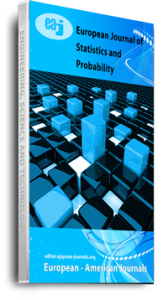This work presents statistical analyses of rainfall and solar irradiance in Nsukka, Nigeria using Nigerian Environmental and Climatic Observation Programme (NECOP) data obtained from National Space Research and Development Agency (NASRDA), Abuja, Nigeria. The findings showed that rainfall in the study region is extremely variable and showed a potential for a downward trend, while solar irradiance is less variable but still had a downward trend. Monthly rainfall was found to be increasing from April and peaks around September, then decreased from November through March. Solar irradiance is at maximum value in April and least in August. Between August and December, there was a rise in solar irradiance which values are even higher between February and March. At 95% confidence limit statistically significant decreasing trend are detected for rainfall . The result of solar irradiance reveals a statistically significant decreasing trend ( which is statistically significant at 99% confidence limit.
Keywords: Agriculture; rainfall; solar irradiance; tropical savanna

